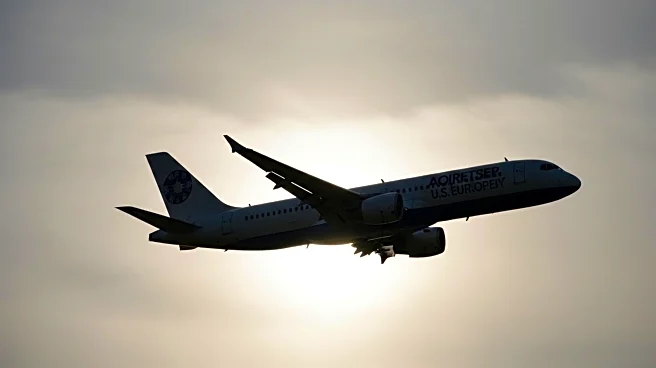What's Happening?
Air Methods, the largest privately owned helicopter emergency medical services (HEMS) provider in the U.S., continues to expand its operations, offering critical transport services for patients requiring higher levels of care. The company operates 329 helicopters and 31 fixed-wing aircraft from 300 bases across 48 states, providing both community- and hospital-based air medical services. Air Methods has implemented a comprehensive safety management system (SMS) to proactively address operational hazards, ensuring the highest standards of safety in air medical transport. The company is also expanding its fleet with new Airbus helicopters to enhance service capabilities.
Why It's Important?
The expansion of Air Methods' services is crucial for improving access to emergency medical care, particularly in remote or underserved areas. Helicopter transport can significantly reduce response times, providing timely interventions that can be life-saving. The implementation of a robust SMS underscores the importance of safety in HEMS operations, setting a benchmark for other providers. As healthcare demands grow, the ability to quickly transport patients to specialized facilities becomes increasingly vital, impacting patient outcomes and overall healthcare efficiency.
What's Next?
Air Methods plans to continue expanding its fleet and enhancing its operational capabilities, with new Airbus helicopters expected to enter service by 2028. The company is also focused on integrating advanced technologies such as night-vision goggles and GPS systems to improve navigation and safety. As regulatory requirements evolve, Air Methods will likely adapt its operations to meet new standards, potentially influencing industry-wide practices in air medical transport.
Beyond the Headlines
The role of HEMS in the healthcare system highlights broader issues of accessibility and equity in medical services. As air medical providers expand their reach, they contribute to a more integrated healthcare network, bridging gaps between rural and urban care facilities. This expansion also raises questions about the sustainability and cost-effectiveness of air medical services, prompting discussions on funding and resource allocation in emergency healthcare.










